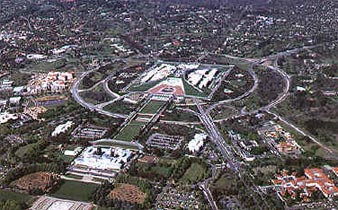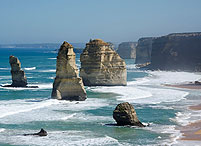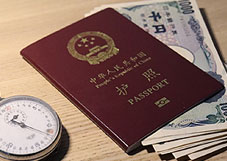NAATI Spanish Translator for Marriage Certificate Translation
Email us directly or upload your documents here for translation:Canberra

Canberra is the capital city of Australia. With a population of over 345,000, it is Australia's largest inland city and the eighth-largest city overall. The city is located at the northern end of the Australian Capital Territory (ACT). A resident of Canberra is known as a "Canberran". The site of Canberra was selected for the location of the nation's capital in 1908 as a compromise between rivals Sydney and Melbourne, Australia's two largest cities. It is unusual among Australian cities, being an entirely planned city.
Spanish Marriage Certificate Translation for Canberra
 Getting your marriage certified translated for official use in Canberra is easy. Our NAATI certified Spanish translators are ready to assist you and everything can be done online.
Getting your marriage certified translated for official use in Canberra is easy. Our NAATI certified Spanish translators are ready to assist you and everything can be done online.
- Leading provider for NAATI certified Spanish translation
- Fast Spanish translation with no extra charges
- Experienced NAATI certified translators based in Australia
Spanish NAATI Translators
Canberra Document Translation Services
 Get professional document translation for personal or business use. Our translators can handle any type of financial, technical or medical document, with the support of a specialised language DTP team for typesetting translations into design material such as brochures, product packaging and technical reports.
Get professional document translation for personal or business use. Our translators can handle any type of financial, technical or medical document, with the support of a specialised language DTP team for typesetting translations into design material such as brochures, product packaging and technical reports.
All documents received are confidential. Get in touch today for any translation requirement.


More about the Spanish Language
Spanish (español) is a Romance language named for its origins as the native tongue of a large proportion of the inhabitants of Spain. It is also named Castilian after the Spanish region of Castile where it originated.
The first documents regarded as precursors of modern Spanish are from the ninth century. The dialects reflected in those documents emerged from the ancestral Vulgar Latin (common Latin), which had been brought to Iberia by the Romans during the Second Punic War around 210 BC, absorbing influences from the native Iberian languages such as Celtiberian, Basque and other paleohispanic languages.
